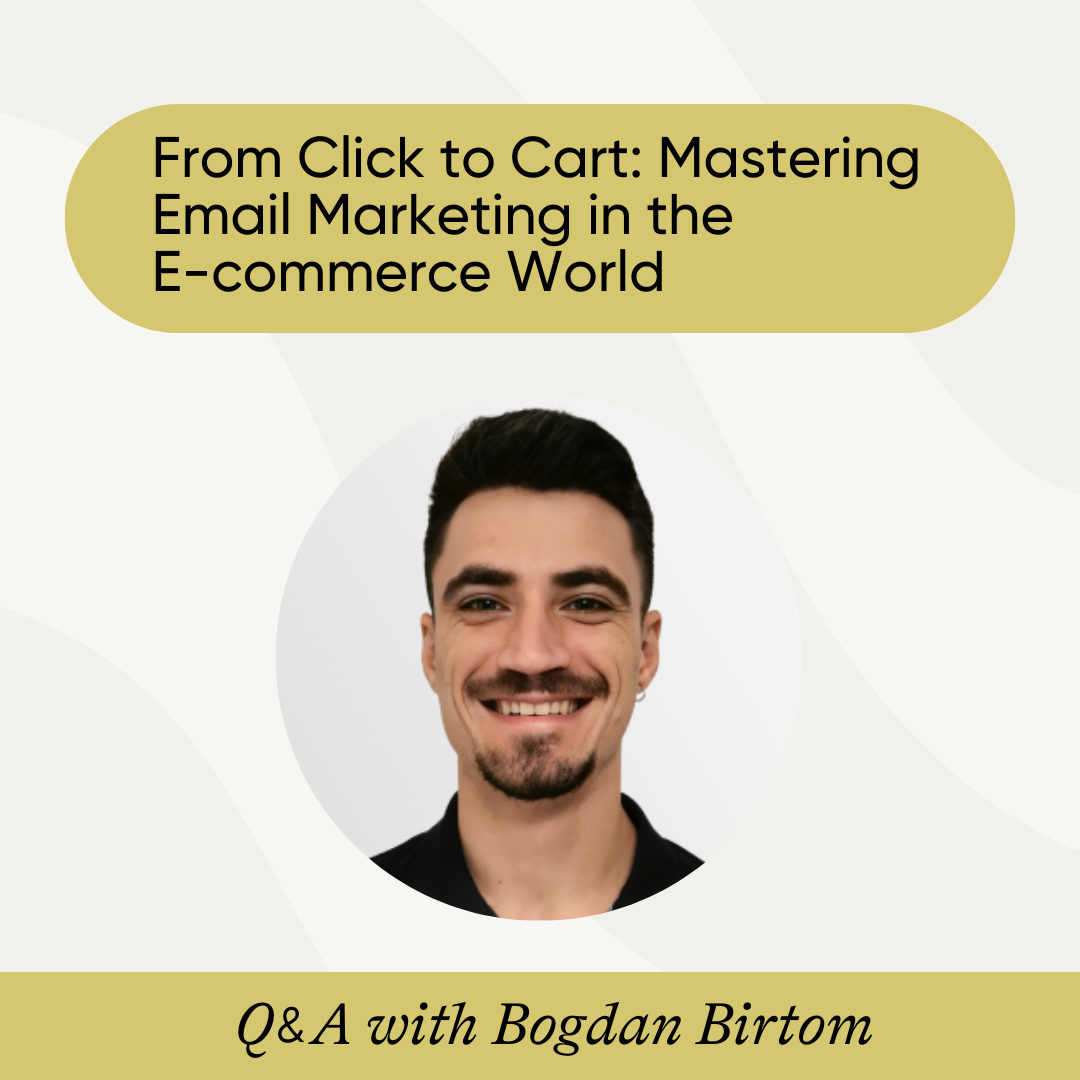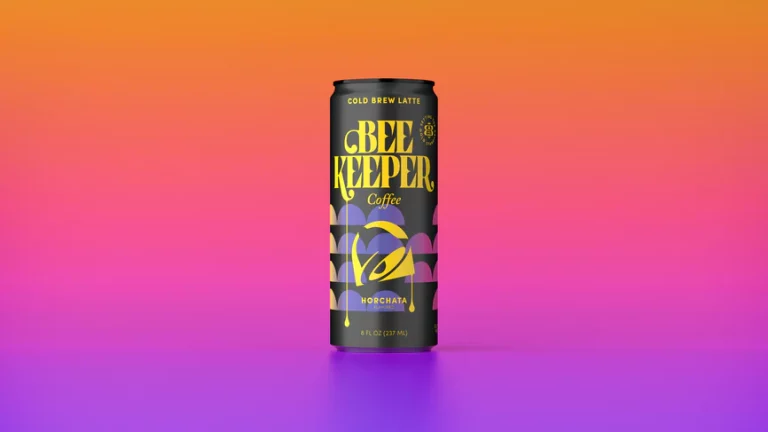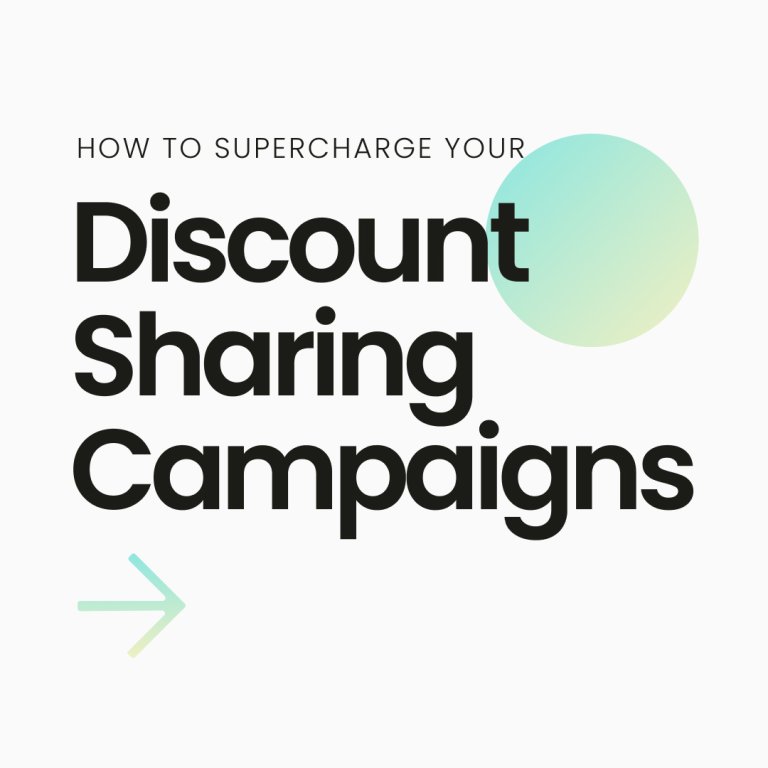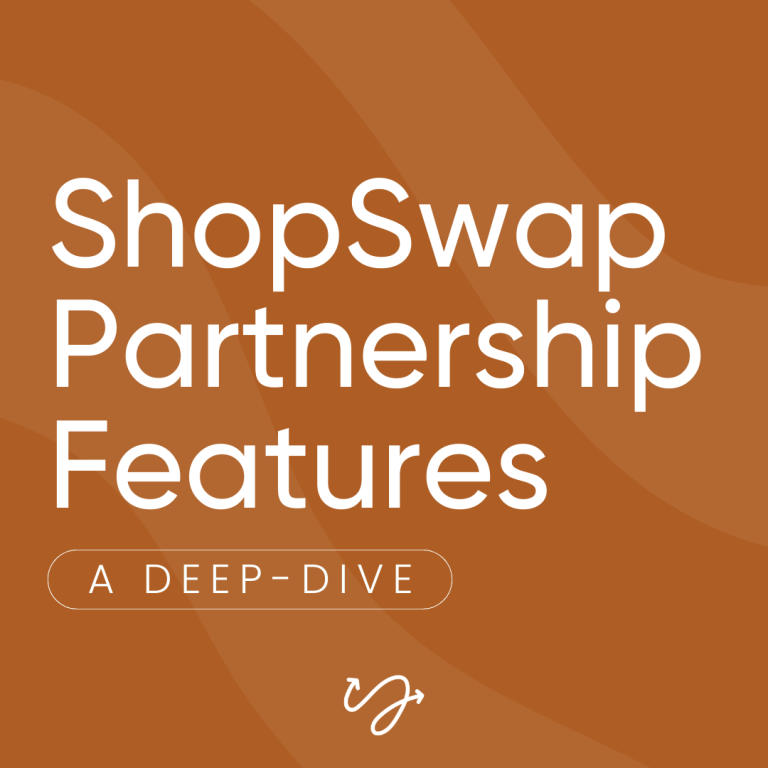In today’s digital age, where communication channels seem endless, one method remains a pillar for reaching customers: email marketing. To unravel the mysteries and explore behind this tried-and-true approach, we caught up with Bogdan Birtom, a seasoned Email Marketing Specialist at Magnet Monster.
Bogdan is a luminary in the realm of digital marketing, wielding expertise honed through years of navigating the intricate landscapes of email outreach. His work at Magnet Monster, a trailblazing hub for innovative marketing solutions, has offered him a front-row seat to witness the evolution of email campaigns and the nuanced strategies that make them thrive.
We sat down with Bogdan to glean insights into the ever-evolving world of email marketing, exploring its potency, the challenges it presents, and the transformative impact it continues to exert in today’s DTC landscape.
1. How crucial is email marketing in today’s e-commerce landscape, and what unique opportunities does it offer to DTC brands?
Email continues to be a crucial channel for any DTC brand committed to e-commerce, setting it apart from other channels.
Personalization is one of the biggest advantages of the email channel. You can tailor your message to your audience depending on the custom behaviour, purchase history, preferences and any other zero-party-data collected beforehand. This makes the email more personal, more direct and increases the effectiveness of the channel.
According to a study conducted by Forrester Consulting on behalf of Klaviyo the average ROI while using email is 228%. The high return on investment is definitely amongst what makes email marketing unique because the results can be fast and noticeable.
Email marketing is also the channel where you can transition your first-time visitors into brand advocates by creating flows that nurture your purchasers at every step of their customer lifecycle. Welcome flows are a great way to introduce prospects to the brand and make them want to purchase, abandoned checkout or browse abandonment are great to address buying objections. Last but not least, through Post Purchase automations brands can communicate the status of an order to avoid custom support inquiries, highlight product usage to increase product adoption and avoid buyer’s remorse.
2. One of the challenges many e-commerce brands face is email list segmentation and targeting. What best practices can DTC brands adopt to ensure they’re reaching the right audiences with the right messages?
Segmentation has started to become the apple of discord between marketers nowadays because people are trying to be “sophisticated” and “clever” therefore they are hyper-segmenting their audience by trying to predict their behaviour. The truth is, that is very difficult to achieve and most often than not, these type of strategies only increase the cost of production without an ROI that justifies it.
What I recommend DTC brands to adopt (and something that we at Magnet Monster advocate for) is to use basic engagement tiers based on recency of activity. Start with 30, 60, 90, 150 days of engagement and blend it with store/ site specific definitions like active on site or started checkout.
Of course, this is a generic segmentation, but it’s a good starting point. Depending on seasonality, hero products, purchase latency or others you might want to adjust accordingly.
3. Can you share a successful case study where an e-commerce brand leveraged email marketing to boost customer engagement and sales? What were the key elements that made it work?
One of the success stories from our partners is Duradry’s case study. The Magnet Monster team worked on implementing transactional emails and SMSs using Wonderment. We designed, built and launched their transactional touchpoints to drive more repeat sales and increase Customer Lifetime Value, with the program delivering several thousand $ of additional profitable revenue each month since implementation at a massive ROI.
We leveraged the high engagement from transactional touchpoints to drive people back to the website which not only provided customers with a very pleasant experience by communicating every step of the way, but also encouraged repeat purchases.
4. With the rise of other marketing channels like social media, is email marketing still a viable strategy for DTC brands to invest in? How does it complement other forms of digital marketing?
Any DTC brand serious about their marketing will go with the email marketing too besides other channels. We’re living in times where each team/ channel wants to boast with their wins and attribution but the truth is, each channel should be a cog in the brand’s marketing machine. Brands should have an omnichannel approach when it comes to marketing because each channel has its own strengths and weaknesses.
When it comes to complementing each other, most ESP’s have integrations available that makes the cohesion between email marketing and social media a powerful asset. For example, you can target customers who started a checkout in the past seven days, but haven’t placed an order in the past seven days, with an ad that echoes the message or discount you provide in your abandoned cart flow.
Email can be very well used as a tool to reinforce the messaging from other forms of marketing and further nurture the leads. For example, new visitors that are brought on the website are usually welcomed with a lead magnet that captures their email address. From there onwards, a sequence of emails is used to convince the prospect to make the purchase.
5. What is the future of email marketing for e-commerce brands? Are there any emerging trends or technologies that brands should be aware of to stay ahead of the curve?
Email marketing is definitely here to stay and I don’t see this changing at least in the next few years. Artificial intelligence has made an impact on all domains and is making in email marketing as well. From creating the right segments for you to predicting when someone is going to purchase next, AI will spread even further into email, making marketer’s job easier and in my opinion delivering more accurate messages to the right audience.
Despite artificial intelligence being more present in marketing in general, I think personalization and a humane way of communicating with people will be an important marker next year. When everyone is looking to automate and speed things up, being personal and humane with your audience will separate the brands that will encourage repeat purchases from the ones that are struggling to do so and will rely on discounts and sale events.








